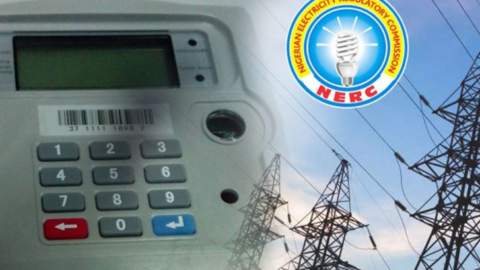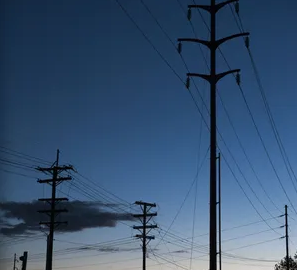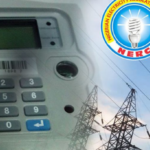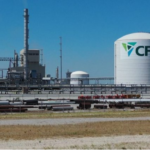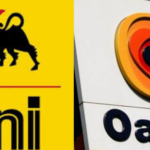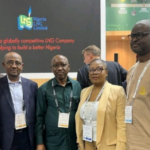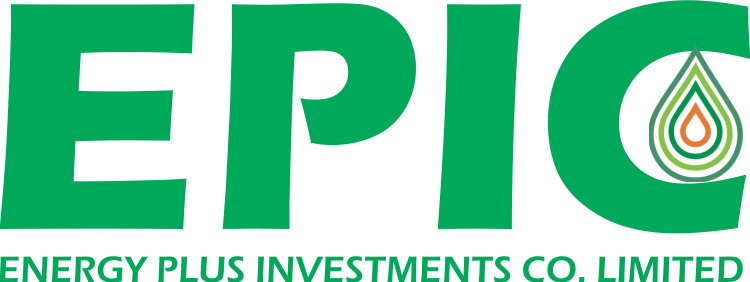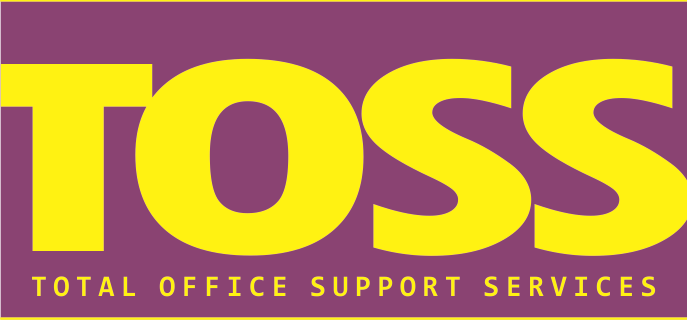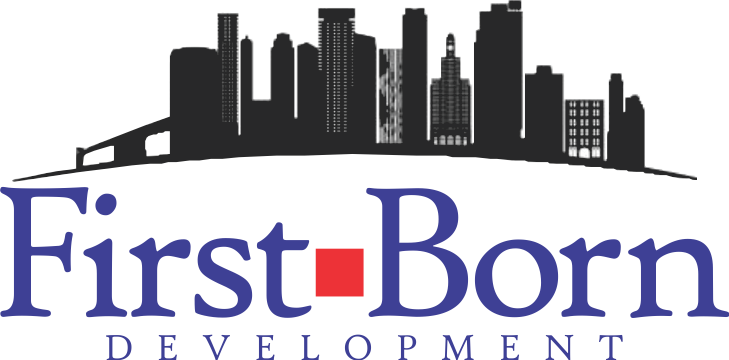Nigeria plans to increase the cumulative installation capacities of small hydropower, solar PV, biomass, and power by 2025.
The country’s renewable energy policy handbook offers detailed information on major policies governing the renewable energy market in the country. The report deliberated on renewable energy targets and plans along with the present policy framework, offering a fair idea of total growth potential of the renewable energy industry. Major technology specific policies and incentives provided in the country was indicated in the report.
Market trends-renewable Energy in Nigeria
The economy of Nigeria is fossil fuel driven, with it’s heavily depending on the export oil products. The country has to a large extent, natural energy resources; crude oil, natural gas, solar (particularly in the north), hydropower, and wind (mainly in the north and along the coastal line).larger electricity supply and improved grid reliability and security is majorly needed in Nigeria. Moreover, several attempts has be taken by the government to develop renewable energy policies in the country. The Nigerian Government together with the United Nations Development Program (UNDP) created the Renewable Energy Master Plan (REMP) in 2006, which was appraised in 2012, to bring in structured development to the renewable energy market.
Major Policies, Incentives in Nigeria Renewable Energy.
Renewable Energy Master Plan (REMP), National Renewable Energy and Energy Efficiency Policy (NREEP), Off-grid Electrification Strategy, Multi-year Tariff Order (MYTO), Feed-in Tariffs (Fits), Net Metering, Competitive Procurement, Nigerian Economic Sustainability Plan, and Solar Hybrid Mini Grid Fund are the major policies and incentives in the Renewable Energy in Nigeria.
The Master Plan in Nigeria Renewable Energy Market
The REMP enacted a set of fiscal and market incentives to support renewable energy deployment in the country. Moratorium on import duties for renewable energy technologies are inclusive in the plan in short term while on the longer run, the plan advises the design of further tax credits, capital incentives, and preferential loan opportunities for renewable energy projects.
National Renewable Energy and Energy Efficiency Policy
The National Renewable Energy and Energy Efficiency Policy provides a general legislative framework for renewable energy and energy efficiency sectors and is followed by the creation of the National Renewable Energy Action Plan (NREAP), National Energy Efficiency Action Plan (NEEAP) and introduction of policy tools supporting renewable energy deployment. The major objectives of the policy are – development of Nigeria’s energy resources by diversifying the energy mix to achieve national energy security and an efficient energy delivery system, promotion of investments for the renewable energy and energy efficiency sectors, establishment of appropriate financing mechanisms that support private investment in the renewable energy and energy efficiency sub-sectors, effective coordination and collaboration among all key stakeholders in the renewable energy and energy efficiency sub-sectors in Nigeria.
Off-grid Electrification Strategy in Nigeria Renewable Energy Market
The aim of the off-grid Electrification is geared towards providing clean and sustainable electricity to all houses in Nigeria. Promoting the use of decentralized energy solutions to power households, communities & businesses, developing 10,000 mini grids by 2023, providing uninterrupted power supply in federal universities and university teaching hospitals, deploying 5 million solar standalone systems for residential and Small and Medium Enterprises (SMEs) by 2023, supporting the Nigerian Government’s climate change obligations under the Paris Agreement, with respect to promoting renewable and reducing carbon emissions are the major objectives of the strategy.
Yearly Tariff Order in Nigeria
Specifically, the primary purpose of the NERC under the EPSRA, 2005 is to ensure that the prices charged by licensees are fair to customers and sufficient to allow the licensees to finance their activities and obtain reasonable profit for efficient operations. Multi-Year Tariff Order (MYTO), invented by the NERC, is about the regulated prices to be paid to licensed electricity generation companies in providing electricity to distribution and retailing companies, pursuant to the authority given under the EPSRA, 2005.
Feed-in Tariffs in Nigeria
The approval of a new regulation for Feed-in Tariffs in November 2015 with an effective date from February 2016 by Nigeria Government. The Long Run Marginal Cost (LRMC) and Levelized Cost of Energy (LCOE) was the methodology used to set the FiT rates. The FiT is subject to review every three years from the date of publication and the revised FiTs shall be applicable only to the new plants commencing operations after the review. From the commercial date of operations, the PPA stands valid for a term of 20 years. In accordance with the scheduling of 2019 The FiT regulations tariffs are supposed to be reviewed every three years but in order words haven’t happened.




